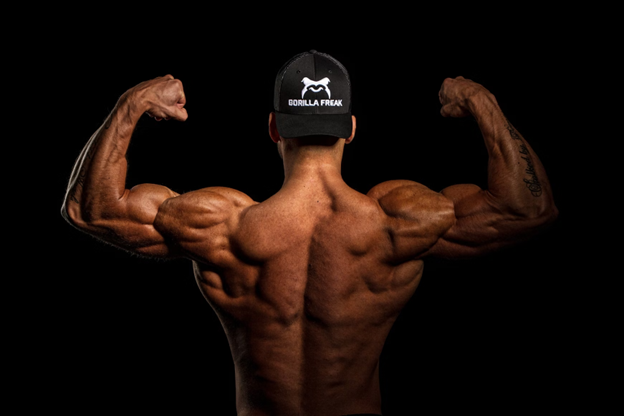You might have spoken to a PT, or scrolled through fitness influencers’ reels, which is clearly
the same thing, and come across a concept like muscle hypertrophy. No one will call it that,
because it’s a mouthful and not as common as saying “swole”, but that’s essentially the jist.
Muscular hypertrophy is the process of working out leading to lowering fat and building muscle
and it’s how bodybuilders like Arnie get the body they do.
But what’s really happening in this process? We are looking at muscle hypertrophy, the science
behind it, and what will ultimately help you to improve the process so you get the body you want
as efficiently as possible. Read on to understand muscle hypertrophy and turn yourself into a
(hyper)trophy!
What is muscle hypertrophy?
Muscle hypertrophy, to put it simply, is the increase in size of muscle cells. This will generally result in response to resistance training and strength training and is typically the desired result for bodybuilders and strength athletes, whether you’re simply trying to look better or feel better. So how does it work? Well, you know the saying “Whatever doesn’t kill you makes you stronger?” Hypertrophy occurs when tension on muscles during weight lifting causes micro-
tears and damage, and the body repairs this damage by adding muscle fibers to better handle the load next time. Muscle stem cells, called satellite cells, are activated to provide new nuclei for growth. To help this process, taking in more protein synthesis outpaces the protein breakdown for more muscle growth, which is why everyone at the gym is carrying what looks like a milkshake. On the other hand, you can help it along by searching for a reputable Canadian steroids online supplier.
What types of hypertrophy are there?
It turns out there’s a couple of different types of hypertrophy and targeting them can help you
get different results with your workout.
● Sarcoplasmic hypertrophy is an increase in non-contractile sarcoplasmic fluid in muscle
and it leads to muscle swelling/size increase but not as much strength gain.
● Myofibrillar hypertrophy is an increase in size and number of contractile myofibrils and
leads to substantial muscle growth and strength gains.
So, it all depends on what you actually want to get out of your workout. After all, bodybuilding
might imply strength, but that’s rarely the case. In fact, the strongest people in the world have
physiques that are far from a bodybuilder. Think weightlifters and caber tossers.
What factors affect hypertrophy?
There are a few different things that will affect your attempts at hypertrophy like the volume and
intensity of your exercise, your calorie surplus and protein intake, and your hormones, like
testosterone, growth hormone, etc. Not to mention good-old genetics.
Are there benefits to hypertrophy?
Plenty! There is the benefit of looking like you could flip a truck with your bare hands – whether
you actually can or not – but, health-wise, there’s plenty more. You will gain greater strength if
you train compared to if you just don’t, significantly, giving you more power for athletics and
activities and better health in the long run. You will also gain an increased metabolic rate, which
is why The Rock eats something like three breakfasts and goes viral, and the main benefit is that the more you do it, the easier it will be for your body to build bigger muscles.

